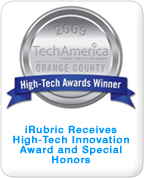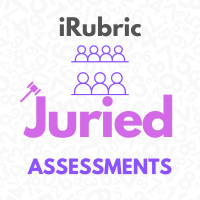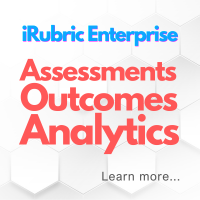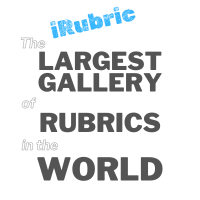rubric gallery
rubrics by achatburn
public gallery
Filters
| Filter by: |
|
rubrics by achatburn
See a list of rubrics by achatburn. Copy rubrics to your zone. Bookmark rubrics for future use Build, share, exchange, and reuse rubrics. Find rubrics by category and type.
Click on rubric title to preview, edit, print, copy, or do more with it.
 Quickly preview a rubric in a popup window.
Quickly preview a rubric in a popup window.
Click on rubric title to preview, edit, print, copy, or do more with it.




.png)
